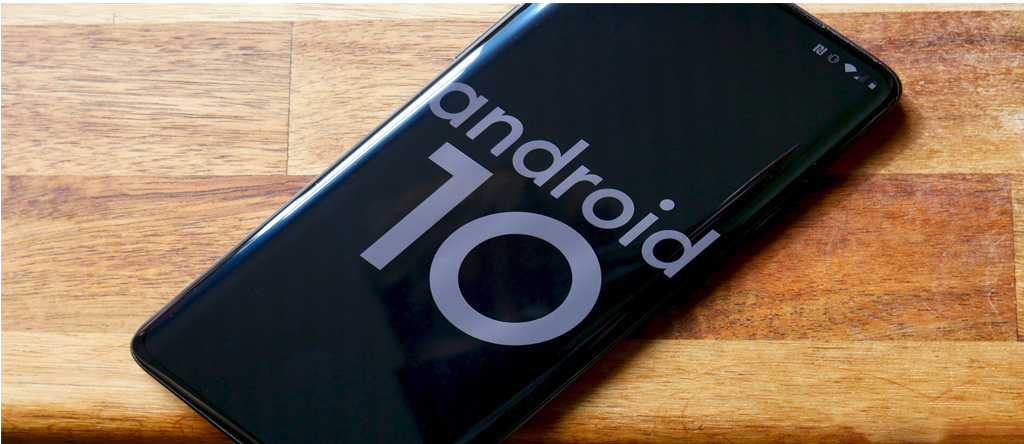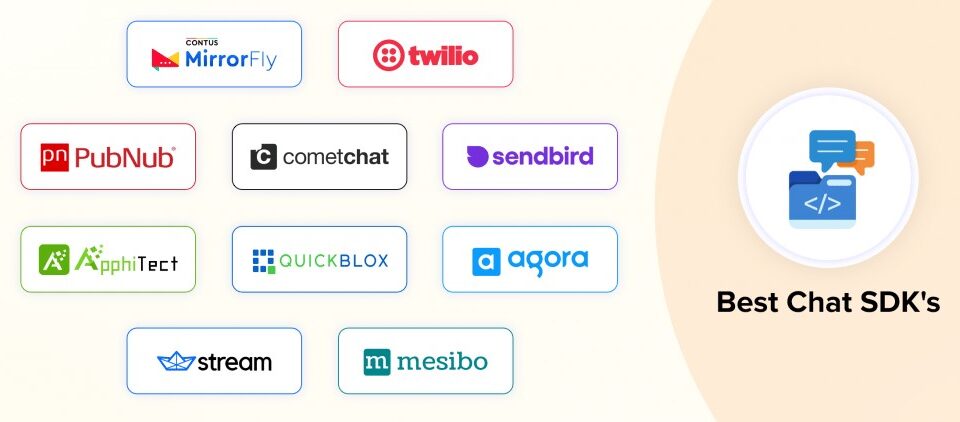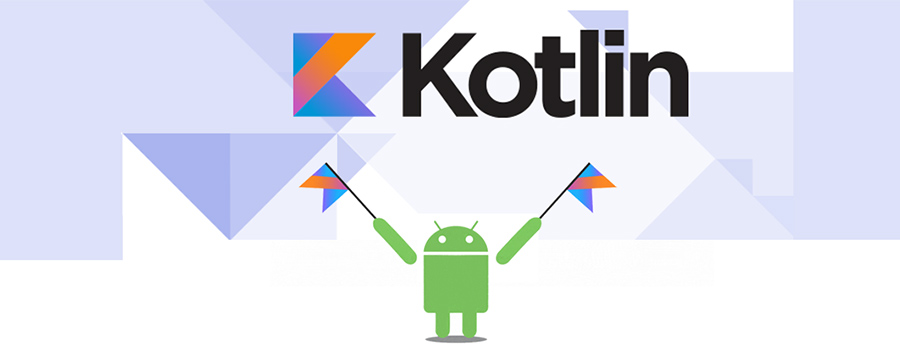The new Android 10 features that will transform your phone

Big Data Analytics Tools – Measures For Testing The Performances
4th December 2019
IS YOUR SLOW LOADING WEBSITE KILLING YOUR BUSINESS?
9th December 2019Android 10 has arrived – but only on a limited scale. The Google-owned operating system is first available for owners of Google’s own Pixel phones. Here’s what’s new
Android 10 – the fresher than fresh version of Google’s mobile operating system – is here. Well, the OS formerly known as Android Q has been in beta for months but now it’s officially rolling out first to Google’s own line of Pixel phones, then to everyone else.
First unveiled at Google’s annual developer conference I/O, Android 10 brings a native dark mode, enhanced privacy and location settings, support for foldable phones and 5G phones, and more. Here’s our rundown of all the best features you can expect to see in Android 10.
Dark Theme
Users have long been asking for a dark mode, and Google has finally answered. You’ll be able to have the entire system in a darker hue and the idea is to make it easier on your eyes and save battery life, particularly on OLED phones, though the claims that dark mode reduces eye strain are unproven.
Turning on the dark theme is pretty straightforward: just pull down the Quick Settings tile or access the display section in the phone’s settings. Also, the mode will automatically activate when an Android 10 phone is switched to battery-saving mode.
At launch, this feature will likely be limited to Google’s own apps, such as Gmail, Calendar and Photos, but the company is offering developers an API for enabling dark themes so they can make sure their apps follow the rest of the operating system.
Smart Reply in all messaging apps
In Android 10, Google’s Smart Reply feature as it we know it from Gmail will be available in third-party messaging apps such as WhatsApp, Facebook Messenger and Signal. This feature uses machine learning to suggest three short responses that might suit the message you received, such as a thumbs up emoji.
Basically, it’s anticipating what you’re going to say before you say it. The Android 10 version of Smart Reply can also anticipate actions and will, for instance, suggest opening up the address your friend sent you in Google Maps. Handy.
Also in messaging, there’s 65 new emoji including new “gender inclusive” designs for haircuts, weightlifting and the sauna.
Enhanced location and privacy tools
Android 10 features a new dedicated location section in your phone’s privacy settings giving users more control over the location data they share with apps. This means they can choose to share location data with apps only while they’re in use, all the time or not at all and receive reminders when an app uses their location in the background.
There’s also an option to opt out of ad retargeting and personalisation and all privacy settings, including location, web and app activity and app permissions, are now in one place.
Incognito mode for Google Maps
Elsewhere, a popular feature in the Chrome browser and YouTube app, Google Maps will soon gain a private-search mode. By turning on the feature, users can search for and navigate to places without having data saved or linked back to their Google accounts.
The private search mode can be activated by tapping on the profile picture in the search bar at the top of Google Maps. Google plans to offer this feature for the search app at a later stage.
Focus mode
Following last year’s release of its Digital Wellbeing suite of tools, Google is adding a new feature to help users focus without distraction. Focus mode, which is launching in beta with Android 10, allows users to select particular apps they want to avoid during a period of time, such as messaging or news apps.
Those apps become paused, grayed out and notifications are hidden. Together with app timers, the do-not-disturb mode and notifications controls, this feature will hopefully help you find some balance.
Live Caption
A feature that won’t be live at launch, sadly. By tapping the volume button and the icon below the volume slider, Live Caption will automatically add subtitles to videos, podcasts and audio messages - even for audio that you record yourself. The real-time captions are created through on-device machine learning and will appear as soon as speech is detected, without the need for Wi-Fi or a data connection.
The text box can be expanded, dragged and moved around the screen and will come in handy for people who are deaf or hard of hearing, or when listening to audio in a noisy environment.
New parental controls
Parental controls, which are already available via the Family Link app in the Google Play Store, will be built into Android 10 and accessible in the Digital Wellbeing settings. This tool offers parents a way to monitor and manage their kids’ screen time by setting app-specific time limits and granting them “five more minutes” of bonus time, for example.
Parents can also manage content via category and specific apps and quickly see the location of their kids’ devices.
Edge-to-edge gestures
Google has come up with new gestures for Android 10 and slimmed down the navigation bar. In addition to using the usual three-button features in the navigation bar and Android Pie’s swipe gestures, you can now swipe up from the bottom of your screen to go home, from left to right to go back rather than tapping a button. Swipe up and hold to access recently opened apps.
It looks like Google may have taken some inspiration from iPhone X here – these new gestures will certainly make the transition from iOS to Android easier. To test the fully gestural navigation, enable them in system settings.
Wondering how to get to Google Assistant? Swipe diagonally from the right or left bottom of your screen and hold until it appears. Also, the assistant still has its own button on the home and multitasking screen.
Sending updates straight to your phone
Google is introducing Project Mainline in an attempt to push out security (and privacy) patches straight to a phone through the Play store – like for apps, these updates run in the background and are loaded next time your phone starts up, removing the need for a full system reboot as is now the case with Android. For developers, this means apps and games can be updated while in use without the need to interrupt anything.
Fit for foldables
Folding phones like the Samsung Galaxy Fold and Huawei Mate X might have gotten off to a bad start, and they haven’t been given much of a mention recently, but at I/O Google did reinforce its support for the upcoming wave of devices.
The company optimised Android 10 with changes to its multi-resume and display functions, to ensure apps can run simultaneously alongside other apps and transition seamlessly from a small to tablet-sized screen when a device is unfolded.
Developers can start building and testing with Android’s foldables emulator to check that their apps scale properly across different screen dimensions and resolutions – in time for the release of these long-awaited devices.
It’ll be compatible with 5G
Depending on where you are and who you ask, 5G is here and it’s expected to virtually remove streaming lag, opening up the door for real-time video collaboration, AR/VR-based apps and multiplayer game streaming.
Google is bundling in 5G compatibility and extending existing APIs for Android 10 – this will allow developers to get ready for the new era and make sure their apps can make the most of “super fast” speed.
More Android 10 features
Check out the redesigned Android 10 page to see the full list of new features including support for streaming media and calls to hearing aids, real-time Live Transcribe transcriptions and a new Dynamic depth file format to store and share photos taken with the help of depth sensors, and AR content.





